Amid the intensifying confrontation between Iran and Israel throughout 2025, the prospect of a direct strike against Israel’s Dimona nuclear facility has moved from a remote possibility to a plausible escalation scenario. As military operations increasingly target strategic infrastructure on both sides, the regional system faces the risk of a threshold breach—one that could trigger not only military and political consequences but also a multidimensional crisis involving radioactive contamination, mass displacement, and economic collapse across multiple states.
While Israel would undoubtedly bear the immediate brunt—facing mass civilian evacuations, irreversible environmental degradation in the Negev, and the paralysis of its agricultural and tourism sectors—the ripple effects would extend far beyond its borders.
Jordan’s border regions and agricultural zones in the Jordan Valley could face contamination and humanitarian strain, potentially requiring the evacuation of tens of thousands of people. Egypt’s Sinai Peninsula and northern Suez region could suffer fallout exposure, disrupting global shipping through the canal and threatening the Red Sea tourism corridor. Saudi Arabia’s northern provinces, including areas tied to its Vision 2030 megaprojects, could face both environmental and demographic disruption.
Attack Scenario - Overwhelming Israeli Air Defences
Iran’s Degraded but Still Formidable Arsenal
Iran’s ballistic missile capabilities have been significantly reduced following Operation Rising Lion, with current estimates suggesting Iran’s stockpile has been depleted from approximately 2,000 ballistic missiles to potentially fewer than 500 missiles. However, Iran still maintains one of the Middle East’s most diverse missile arsenals, including advanced hypersonic and cruise missile systems. The Islamic Republic continues to possess sophisticated offensive capabilities despite ongoing Israeli strikes targeting production facilities and launchers.
Recent assessments indicate that Iran’s missile launches have decreased by at least 66% compared to 2024 attacks, with current barrages averaging only 25-33 missiles per wave compared to previous attacks of 100-170 missiles. Despite these reductions, Iran has compensated by increasing drone usage and may attempt to coordinate remaining capabilities with proxy forces to achieve maximum impact against Israeli air defences.
Houthi Capabilities and Current Status
The Houthis have demonstrated remarkable resilience despite sustained U.S. airstrikes throughout 2025, with CENTCOM reporting over 800 Houthi targets struck and more than 650 casualties by April 2025. However, the organization continues to possess systems with ranges of 2,000 kilometres and has successfully deployed advanced missiles including the “Palestine 2” hypersonic missile. U.S. operations have reduced Houthi missile attacks by 87% and drone attacks by 65%, but the group retains sufficient capabilities to contribute to a coordinated saturation attack.
The Houthis have also demonstrated improved air defence capabilities, successfully downing seven U.S. MQ-9 Reaper drones by April 2025, indicating their growing sophistication in countering advanced military systems. Their remaining arsenal includes modified Iranian systems capable of reaching Israeli territory from Yemen, though in significantly reduced numbers compared to previous assessments.
Hezbollah’s Severely Compromised Arsenal
Hezbollah’s military capabilities have been substantially degraded following intensive Israeli operations throughout 2024 and early 2025. Much of Hezbollah’s precision missile program has been neutralized, with the majority of production capabilities destroyed according to Israeli intelligence. The elimination of key figures including Fuad Shukr, who headed the precision missile program, and Hassan Nasrallah has further disrupted the organization’s command structure.
Despite these losses, Hezbollah retains portions of its estimated 100,000-missile arsenal, though current assessments suggest significantly reduced operational capacity. The organization’s ability to execute sustained rocket campaigns has been compromised, with Israeli strikes targeting underground facilities and precision component production centres. However, Hezbollah may still possess sufficient short-range rockets and basic missiles to contribute to an overwhelming saturation strategy.
Coordinated Saturation Attack Under Current Conditions
Given the degraded state of Iran’s proxy network, a coordinated attack would require careful timing and resource allocation:
- Initial Probe Phase: Remaining Houthi capabilities launch limited strikes to test Israeli air defence responses and force early interceptor expenditure.
- Secondary Saturation: Hezbollah deploys remaining short-range rocket inventory in mass barrages to overwhelm Iron Dome systems in northern sectors.
- Strategic Strike: Iran utilizes its most advanced remaining missiles, including Kheiber missiles with 2,000 km range and 1,500 kg warheads, and any remaining Fattah 2 hypersonic systems.
Israeli Air Defence Current Status and Vulnerabilities
Israel’s air defence system has demonstrated remarkable effectiveness but faces critical shortages following sustained Iranian attacks since June 2025. The country is running critically low on Arrow interceptors, with U.S. officials warning that Israel may be forced to ration air defences within days of sustained attacks. Each defensive operation costs Israel significant resources, with estimates suggesting over $100 million spent in single nights of defensive operations.
Current vulnerabilities include:
- Critical shortage of Arrow interceptors requiring potential rationing within 10-12 days of sustained attacks.
- Each David’s Sling interceptor costs approximately $1 million, creating unsustainable economic pressure during extended conflicts.
- System overwhelms through coordinated multi-directional attacks exploiting geographical positioning.
- Limited U.S. interceptor stockpiles as Washington has already transferred significant quantities to Israel.
Missile Requirements to Destroy Dimona
Dimona Facility Structure and Current Security Assessment
The Shimon Peres Negev Nuclear Research Center operates a heavy-water reactor with plutonium separation facilities located in heavily fortified underground structures. Historical assessments from 2012 revealed significant security deficiencies, leading to additional investment of NIS 30 million in perimeter security upgrades including vehicles, cameras, and intelligence equipment. The facility maintains a permanent no-fly zone with IAF interceptor aircraft on constant alert to divert any approaching aircraft.
The underground plutonium separation plant (Machon 2) features two floors above ground and six floors below ground, constructed with hardened concrete and steel reinforcement designed to withstand significant external forces. Modern nuclear facilities typically employ prestressed concrete containment structures with multiple layers of protection against missile attacks.
Penetration Requirements Assessment
For the Dimona facility, considering its multi-layered underground construction and hardened structures, current assessments suggest:
- Above-ground facilities: 2-3 direct hits from Iran’s most powerful conventional warheads (1,500+ kg) would cause significant structural damage
- Underground separation facilities: 6-8 precision strikes with penetrating warheads would be required to compromise the six-floor underground structure, given modern hardening techniques and multiple protective barriers
- Complete facility destruction: 10-12 coordinated strikes using Iran’s remaining advanced missile inventory would be necessary to ensure catastrophic damage to both surface and underground components.
Given Iran’s current depleted missile inventory, achieving the required number of successful strikes would necessitate near-perfect accuracy and penetration of Israeli air defences with most of Iran’s remaining strategic arsenal.
Worst-Case Radiation Impact Analysis
Radiation Release Scenario
In a catastrophic scenario involving multiple reactor structure breaches and damage to the plutonium separation facility, the release of radiation would depend on the operational status of the reactor, spent fuel inventory, and prevailing meteorological conditions at the time of impact. The Dimona reactor, operational for over 60 years, contains substantial radioactive materials including plutonium production estimates of 800 ± 125 kg as of 2010.
Radiation Dispersion Patterns
Wind patterns will significantly influence potential radiation dispersion, with the region experiencing complex systems including Mediterranean influences, desert winds, and seasonal variations. During late spring and summer months, northwesterly Al-Bawarih winds dominate the Arabian Gulf region, while winter patterns bring varied wind directions affecting Jordan, Lebanon, and northern Israel.
Using established nuclear accident precedents, the Chernobyl exclusion zone encompasses 1,600 square miles with initial evacuation covering a 30-kilometer radius. The Fukushima accident created a similar 30-kilometer exclusion zone with long-term contamination effects extending beyond initial boundaries.
Regional Impact Assessment
Israel
The immediate impact zone extending to a 30-kilometer radius from Dimona would require mandatory evacuation of approximately 200,000 residents facing acute radiation exposure risks. Emergency responders and nearby populations would confront acute radiation syndrome, with symptoms ranging from immediate gastrointestinal effects to potentially fatal organ failure within weeks, depending on exposure levels and proximity to ground zero. The entire Negev region would experience complete agricultural shutdown as radiation contamination would render crops unsafe for human consumption, requiring immediate livestock evacuation or culling to prevent contaminated products from entering food supply chains. This catastrophic event would create a permanently uninhabitable zone covering approximately 2,500 to 3,000 square kilometres, effectively removing this strategically important area from productive use for decades or centuries.
The extended impact zone, stretching 30 to 150 kilometres from the epicentre, could potentially encompass major metropolitan areas including portions of Jerusalem and Tel Aviv, depending on wind direction during the initial 48-hour critical period following the disaster. Wind patterns during this crucial timeframe would determine whether these population centres, home to over 1.5 million people, would require immediate mass evacuation or extended shelter-in-place orders lasting weeks or months.
Contamination of major water sources, including sections of the Dead Sea region and critical underground aquifers supplying southern and central Israel, would create an unprecedented water crisis requiring emergency alternative supply arrangements for millions of residents. The complete economic collapse of Israel’s tourism and agriculture sectors would be immediate and total, with international travel bans and agricultural export prohibitions remaining in effect for decades as global markets would refuse any products from the affected region.
Health monitoring programs would require establishment for 2 to 3 million people across affected regions, with particular emphasis on thyroid cancer screening programs for children and pregnant women, as radioactive iodine poses the greatest immediate health threat to developing tissues, requiring lifelong medical surveillance and treatment programs.
Jordan
Jordan’s eastern border regions would face severe contamination risks if westerly winds prevail during the initial radiation release, potentially requiring the evacuation of 50,000 to 100,000 residents from border communities already strained by regional refugee populations from ongoing Middle Eastern conflicts.
The logistical challenges of evacuating and relocating such large numbers would overwhelm Jordan’s government resources and international humanitarian capacity, particularly given the Kingdom’s existing burden of hosting substantial Palestinian and Syrian refugee populations.
Agricultural areas in the fertile Jordan Valley, which produce significant portions of the Jordan’s fresh produce and constitute major export crops generating crucial foreign currency, would face immediate contamination requiring the destruction of standing crops and the prohibition of farming activities for extended periods potentially lasting decades.
The disruption of phosphate mining operations in southern regions would eliminate one of Jordan’s primary export industries and sources of government revenue, as international markets would refuse Jordanian phosphate products due to contamination concerns, regardless of actual radiation levels detected in mining areas far from the disaster site.
The broader economic consequences for Jordan would extend far beyond immediate border regions, with the tourism industry experiencing complete collapse as international visitors would avoid the entire country due to perceived proximity to the disaster zone. The ancient city of Petra, a UNESCO World Heritage site and primary tourist destination, along with the Red Sea resort of Aqaba, would see tourist arrivals drop to near-zero, eliminating thousands of jobs and devastating local economies entirely dependent on international tourism revenue.
Agricultural exports, which provide crucial foreign currency earnings for the import-dependent kingdom, would face international bans as a precautionary measure, forcing Jordan to seek emergency food assistance and alternative trading partners. The massive influx of Israeli refugees escaping the radiation would create an unprecedented humanitarian crisis requiring the establishment of temporary camps and overwhelming Jordan’s healthcare system, which would simultaneously need to treat radiation exposure cases among its own population while providing medical care for potentially tens of thousands of evacuees requiring specialized treatment for radiation exposure and related health complications.
Egypt
The Sinai Peninsula would face moderate to severe contamination risks depending on prevailing wind patterns, with northerly winds potentially carrying radioactive particles across the peninsula’s northern regions inhabited by approximately 25,000 to 50,000 residents who would require immediate evacuation to safer areas within Egypt or to temporary facilities established by international humanitarian organizations.
The Suez Canal, vital to Egypt’s economy and global maritime commerce, could face potential disruption if radiation levels in northern canal sections exceed international safety standards for maritime navigation, even temporarily closing or reducing traffic through this critical shipping corridor would cost Egypt millions of dollars daily in lost transit fees while damaging the country’s reputation as a reliable global shipping route.
The Red Sea tourism corridor, stretching from Sharm el-Sheikh to Hurghada and representing one of Egypt’s most important sources of foreign currency, would experience immediate and complete tourism collapse as international travellers would perceive the entire region as contaminated despite the significant geographical distance from the disaster site.
The possibility of low-level contamination reaching the densely populated Nile Delta region through specific atmospheric conditions would threaten food security for Egypt’s population of over 100 million people, as the delta produces the majority of the country’s rice, cotton, and vegetable crops essential for both domestic consumption and export earnings. Even minimal contamination levels would require extensive testing of all agricultural products, with international markets likely refusing Egyptian agricultural exports for extended periods as a precautionary measure, forcing Egypt to seek alternative markets or face significant economic losses.
The long-term health implications would require Egypt to implement comprehensive medical surveillance programs lasting decades, monitoring potentially millions of citizens for increased cancer rates, particularly thyroid cancer in children and reproductive health issues in women of childbearing age, straining the country’s already overburdened healthcare system and requiring substantial international medical assistance and expertise.
Saudi Arabia
Saudi Arabia’s northern regions, including Tabuk and Northern Border provinces, would face potential contamination if southerly wind patterns carry radioactive particles across the border, potentially requiring evacuation of over 100,000 residents from border communities and disrupting traditional Bedouin populations who have inhabited these areas for generations.
The potential contamination of oil infrastructure in northern fields, while geographically distant from the disaster site, might require extensive decontamination procedures if any measurable radiation levels are detected, as international oil markets would demand certified clean products backed by comprehensive testing protocols.
The NEOM megaproject, Saudi Arabia’s ambitious $500 billion futuristic city development in the northwest Red Sea coast, would face permanent cancellation as no international investors, residents, or businesses would commit to a region perceived as potentially contaminated, representing a catastrophic loss of the kingdom’s flagship Vision 2030 diversification initiative.
The broader economic ramifications would extend throughout the kingdom, with potential oil export disruptions if northern fields require decontamination certification or if international buyers demand additional safety verification of petroleum products, potentially affecting global oil markets and Saudi Arabia’s primary revenue source.
Saudi Arabia would need to implement massive refugee assistance programs for displaced populations from neighbouring countries, requiring construction of temporary housing facilities and provision of long-term support services for potentially hundreds of thousands of people seeking refuge from the contaminated region.
Healthcare system expansion would be necessary for comprehensive radiation monitoring programs covering both Saudi citizens in affected northern areas and refugee populations, requiring training of specialized medical personnel and acquisition of sophisticated monitoring equipment not currently available in sufficient quantities. Agricultural imports from affected regions would be permanently banned, forcing Saudi Arabia to identify alternative suppliers for food products and potentially disrupting established trade relationships throughout the Middle East, while simultaneously managing the economic burden of supporting large refugee populations requiring long-term assistance and integration.
The long-term consequences would fundamentally alter the demographic and economic landscape of northern Saudi Arabia, with traditional pilgrimage routes to Mecca potentially requiring modification if radiation levels in northern regions exceed international safety standards for religious travel, affecting millions of annual Hajj and Umrah pilgrims.
Saudi Arabia’s Vision 2030 economic diversification plans would face significant setbacks, as international partnerships and investments in affected regions would become impossible to secure, forcing complete reassessment of development priorities and resource allocation throughout the northern provinces while managing the ongoing costs of refugee support and regional economic disruption.
Long-Term Regional Consequences
The incident would create a permanent exclusion zone similar to Chernobyl, potentially uninhabitable for 300 to 20,000 years depending on contamination levels. Regional consequences would include permanent displacement of 500,000 to 1,000,000 people across four countries, requiring international resettlement programs and long-term support systems. International isolation of the affected region would persist for decades, with massive environmental remediation costs potentially exceeding $500 billion based on Chernobyl and Fukushima cleanup experiences.
Generational health impacts would include significantly increased cancer rates, particularly thyroid cancer in children exposed during the initial release, with radiation-induced health effects continuing to manifest for decades following the initial exposure. The collapse of regional agricultural and tourism economies would be immediate and permanent, with contaminated agricultural land remaining unusable for food production for generations. The disaster would likely trigger wider regional conflict with potential for nuclear escalation, as affected nations might seek military retaliation and the precedent of successful nuclear facility targeting could encourage similar attacks by other regional actors.
This catastrophic scenario would represent one of the worst nuclear disasters in human history, with consequences extending far beyond the immediate Middle Eastern region and lasting for multiple generations, fundamentally altering regional geopolitics and international nuclear security protocols.
This analysis is part of the “What If” series, available on AHRC website under the Early Warning Program.
References
Euronews, “Iran’s advanced missile arsenal remains largely untapped,” June 21, 2025.
Newsweek, “Iran’s Missile Arsenal: What It Has Used and What It Could Deploy,” June 20, 2025.
Army Recognition, “US Strategic Command warns Iran now holds Middle East’s largest ballistic missile arsenal,” June 15, 2025.
Gulf News, “What are Iran’s missile capabilities? Here are facts,” June 6, 2023.
Press TV, “Yemeni army unveils four advanced domestically-built missile defense systems,” February 23, 2020.
JINSA, “Iranian Ballistic Missile Estimates,” June 16, 2025.
Anadolu Agency, “Iran unveils new-generation ballistic missile,” May 25, 2023.
Center for Strategic and International Studies, “Missiles and Rockets of Hezbollah,” August 10, 2021.
Al Jazeera, “Hezbollah watches on as Iran and Israel battle, for now,” June 17, 2025.
The Washington Institute, “Will Hezbollah Choose to Keep Its Word—or Its Arsenal?” September 23, 2024.
Foundation for Defense of Democracies, “Breaking down Hezbollah’s rocket strategy: the Short-Range Threat,” February 26, 2024.
Shafaq News, “Hezbollah’s growing arsenal strengthens its position against Israeli aggression.”
Global Security, “Hezbollah unveils ‘Fateh 110’ precision-guided missile,” November 6, 2024.
The War Zone, “This Is Hezbollah’s Arsenal Of Weapons It Could Rain On Israel,” October 12, 2023.
Israel Hayom, “Has Israel dismantled Hezbollah’s precision missile program?” December 1, 2024.
The Washington Post, “Israel’s air defense against Iran, explained,” June 20, 2025.
Al Jazeera, “How has Iran managed to pierce through Israel’s air defence systems?” June 18, 2025.
Times of Israel, “Israel running low on Arrow interceptors, US burning through its systems too,” June 18, 2025.
The News, “Israel running low on missile interceptors: WSJ,” June 20, 2025.
Israel Hayom, “‘Security at the nuclear facility in Dimona is disgraceful’,” October 23, 2012.
Institute for National Security Studies, “The Israel–Iran War: Air Defense Performance,” June 15, 2025.
Middle East Monitor, “Israel facing critical shortage of interceptor missiles, US warns of imminent rationing,” June 18, 2025.
Union of Concerned Scientists, “Earth-Penetrating Weapons,” June 6, 2005.
Hardened Structures, “Underground Bomb Shelter,” December 27, 2022.
U.S. Nuclear Regulatory Commission, “Hardening Existing Strategic SNM Storage Facilities,” June 1980.
Info Petite Nation, “Understanding the GBU-57: The Massive Ordnance Penetrator,” June 18, 2025.
Britannica, “How big was the exclusion zone created after the Chernobyl disaster?” June 17, 2025.
WIT Press, “Atmospheric Dispersion Patterns Of Radionuclides Originating From Nuclear Power Plant Accidents,” March 31, 2019.
One India, “What Are GBU-57 ‘Bunker-Buster’ Bombs Used In US’ Unprecedented Strike On Iran’s Nuclear Facilities,” June 22, 2025.
PhMuseum, “Fukushima No-Go Zone,” March 11, 2011.
Fukushima Travel, “Safety in Fukushima,” March 12, 2015.
Britannica, “Fukushima accident,” June 6, 2025.
The ASCO Post, “Chernobyl at 35 Years An Oncologist’s Perspective,” January 1, 2025.
Arabia Weather, “Arabian Gulf | With the season of active winds approaching,” May 19, 2024.
American Public Power Association, “Study Details Positive Economic Impact of Nuclear Industry in Southeast US,” February 22, 2024.
Radiation Effects Research Foundation, “Past Results and Future Studies,” August 1, 2017.





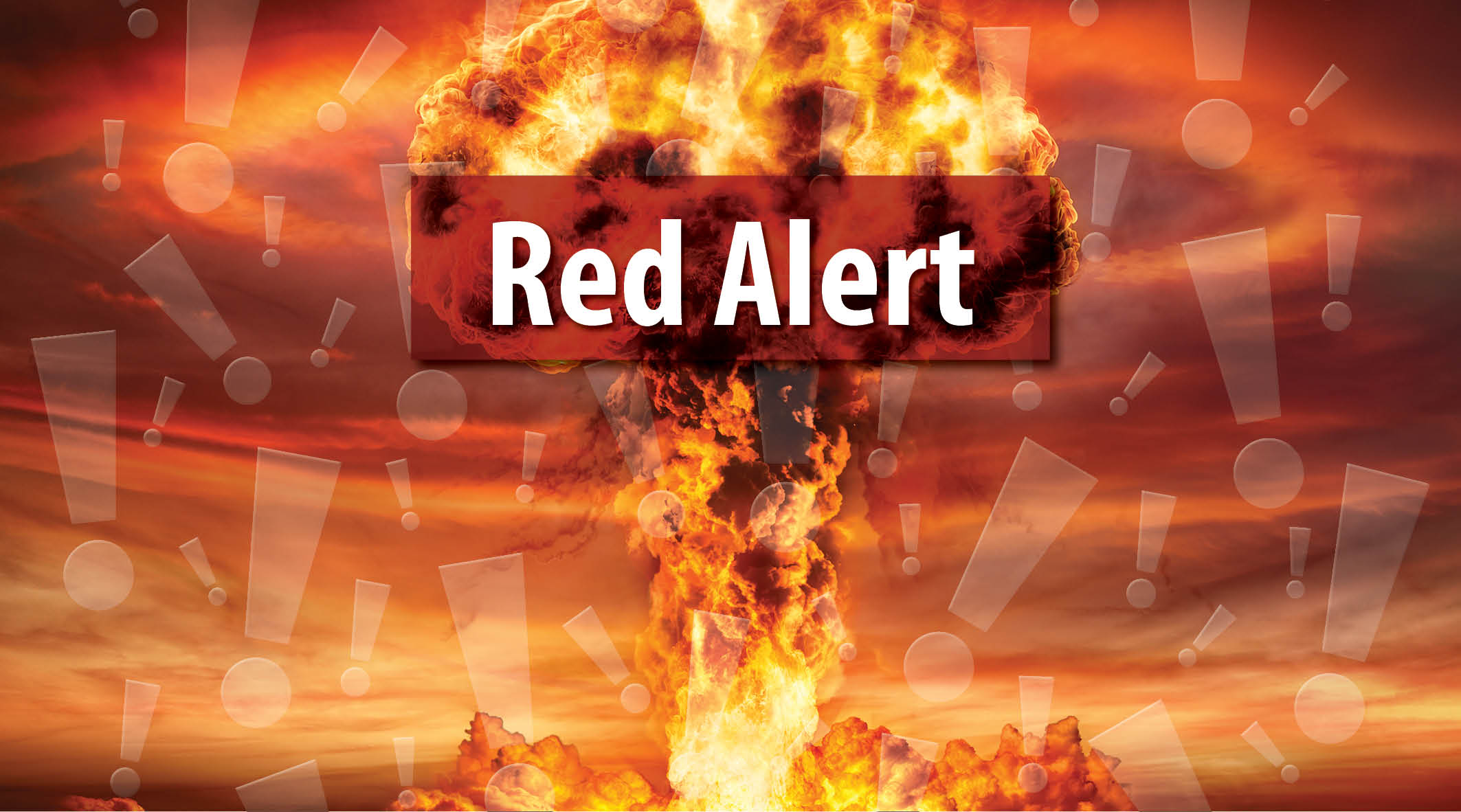
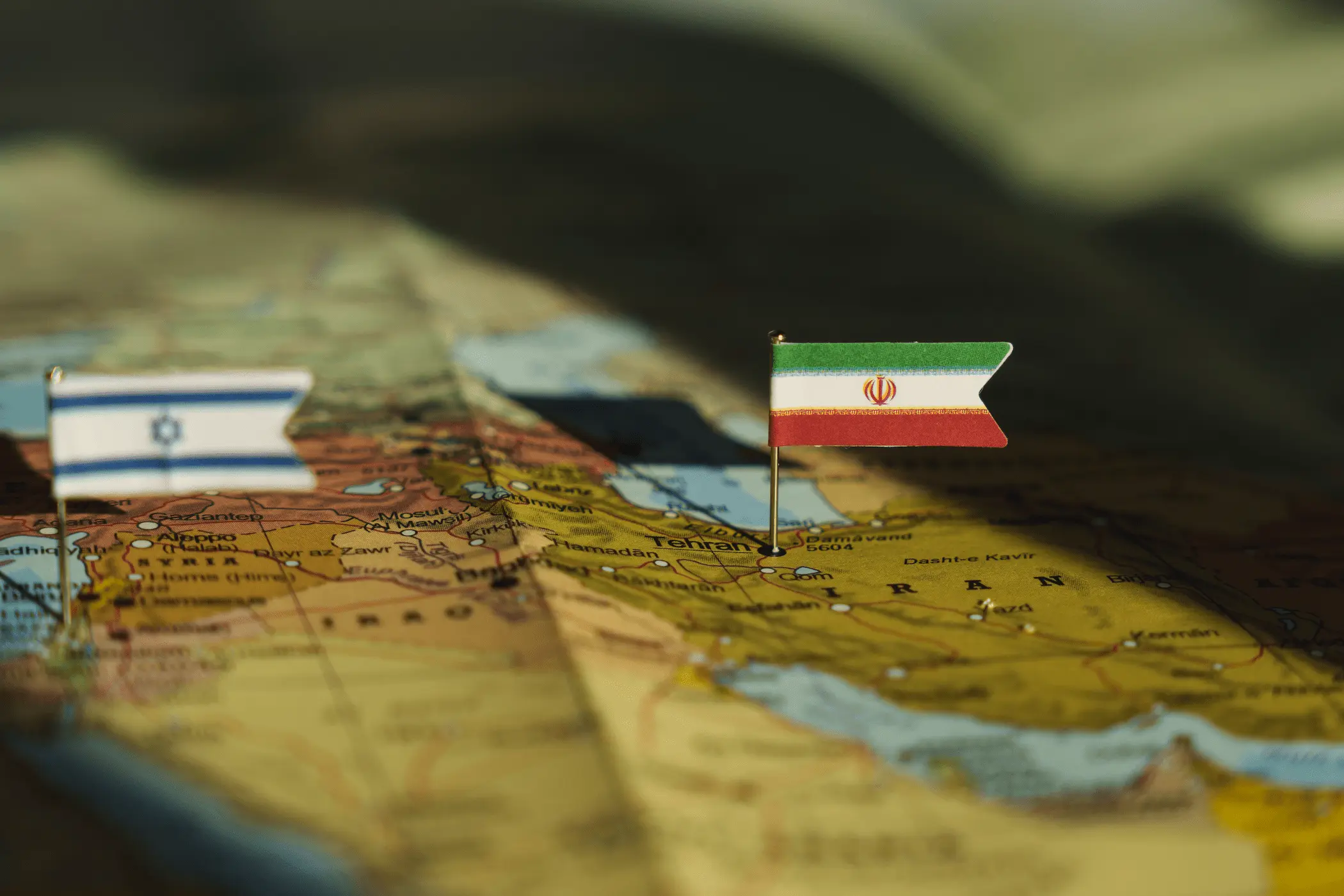
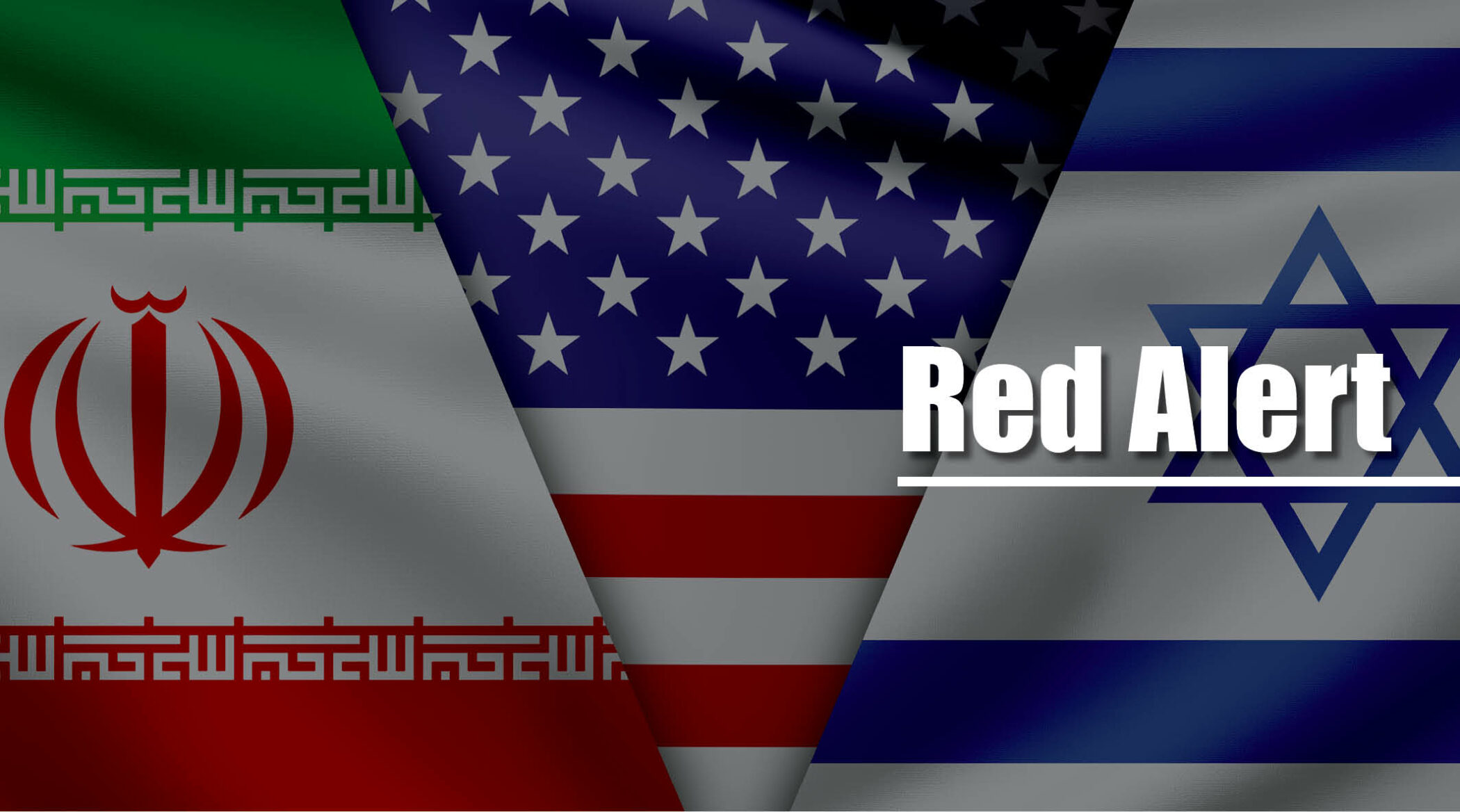
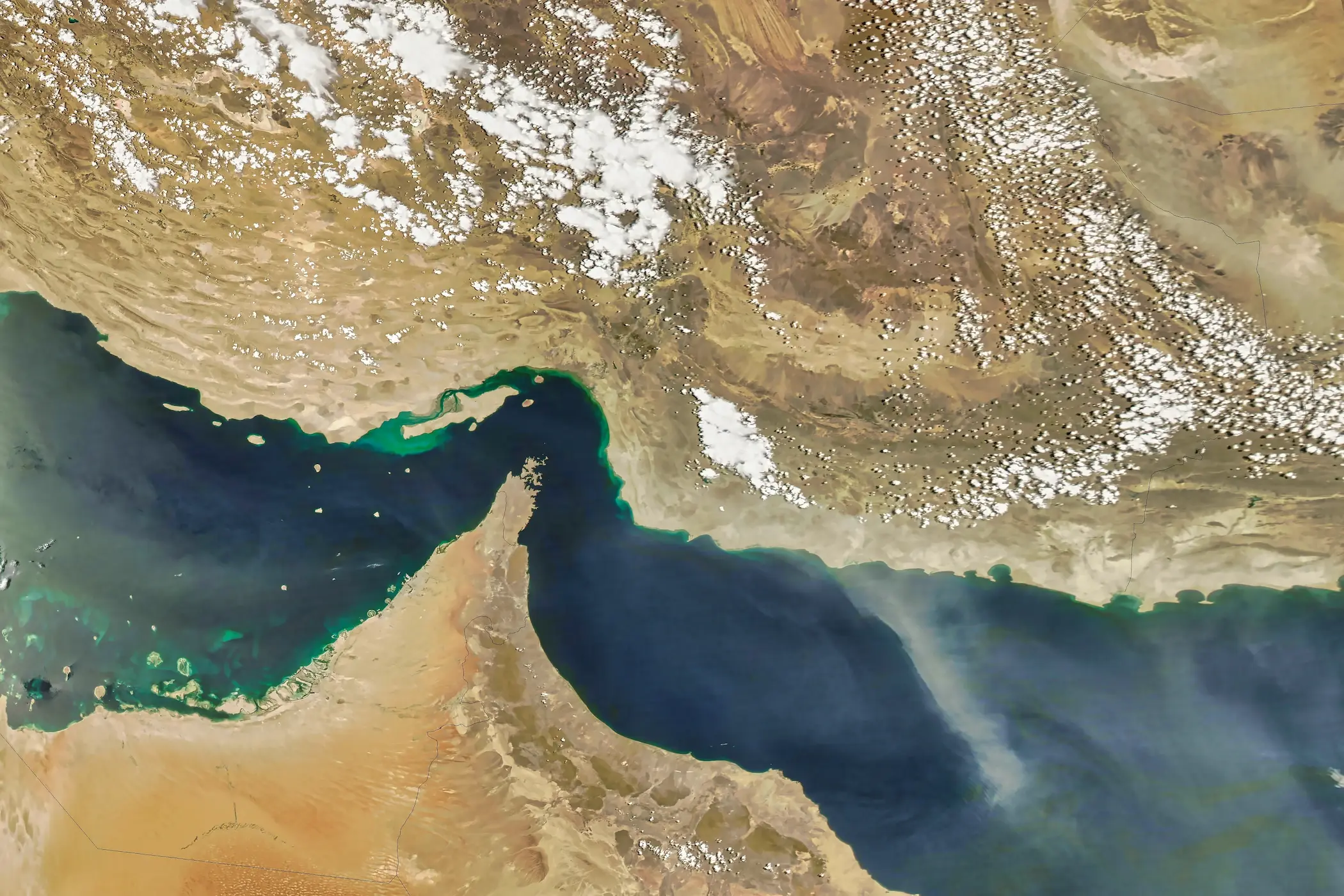


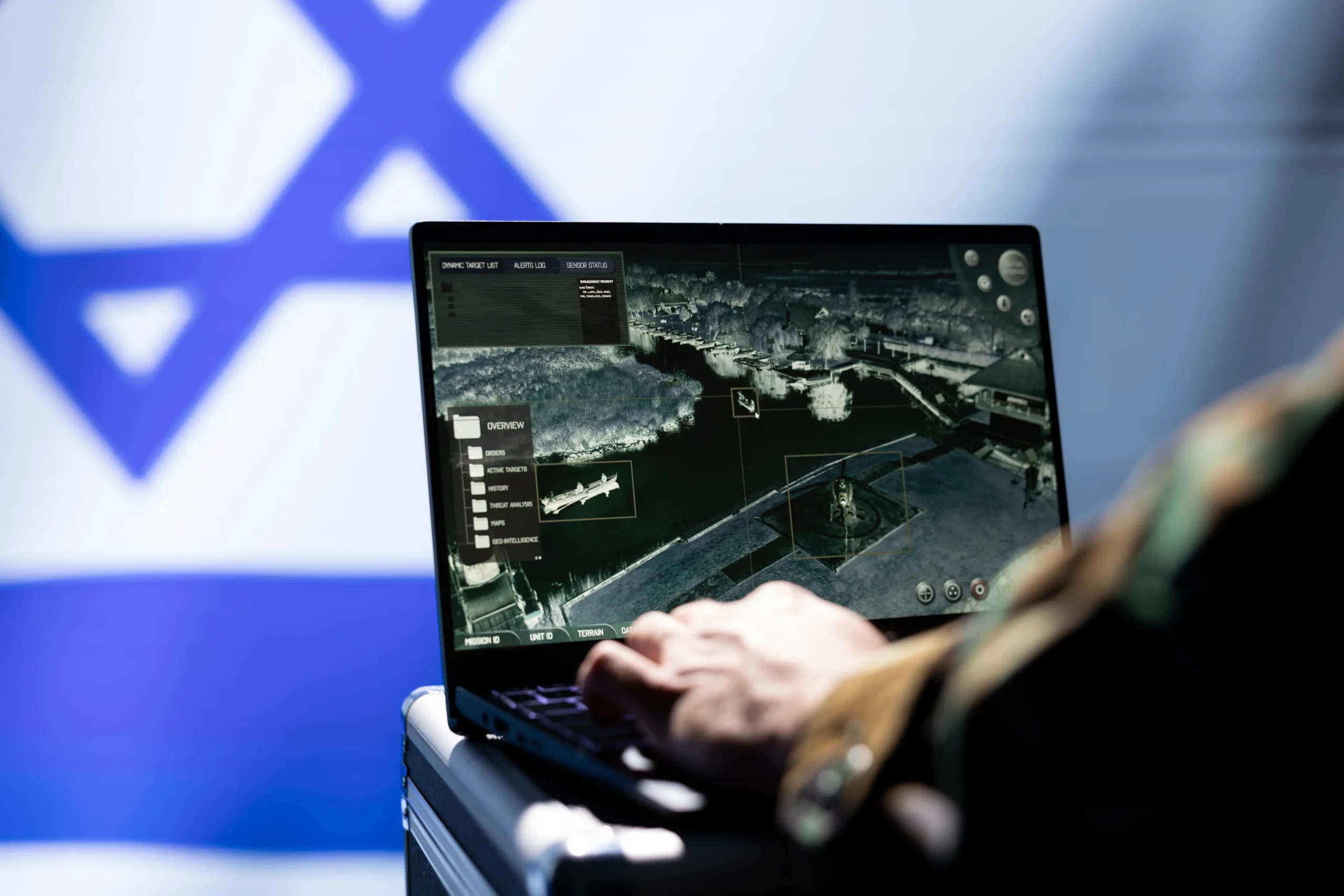
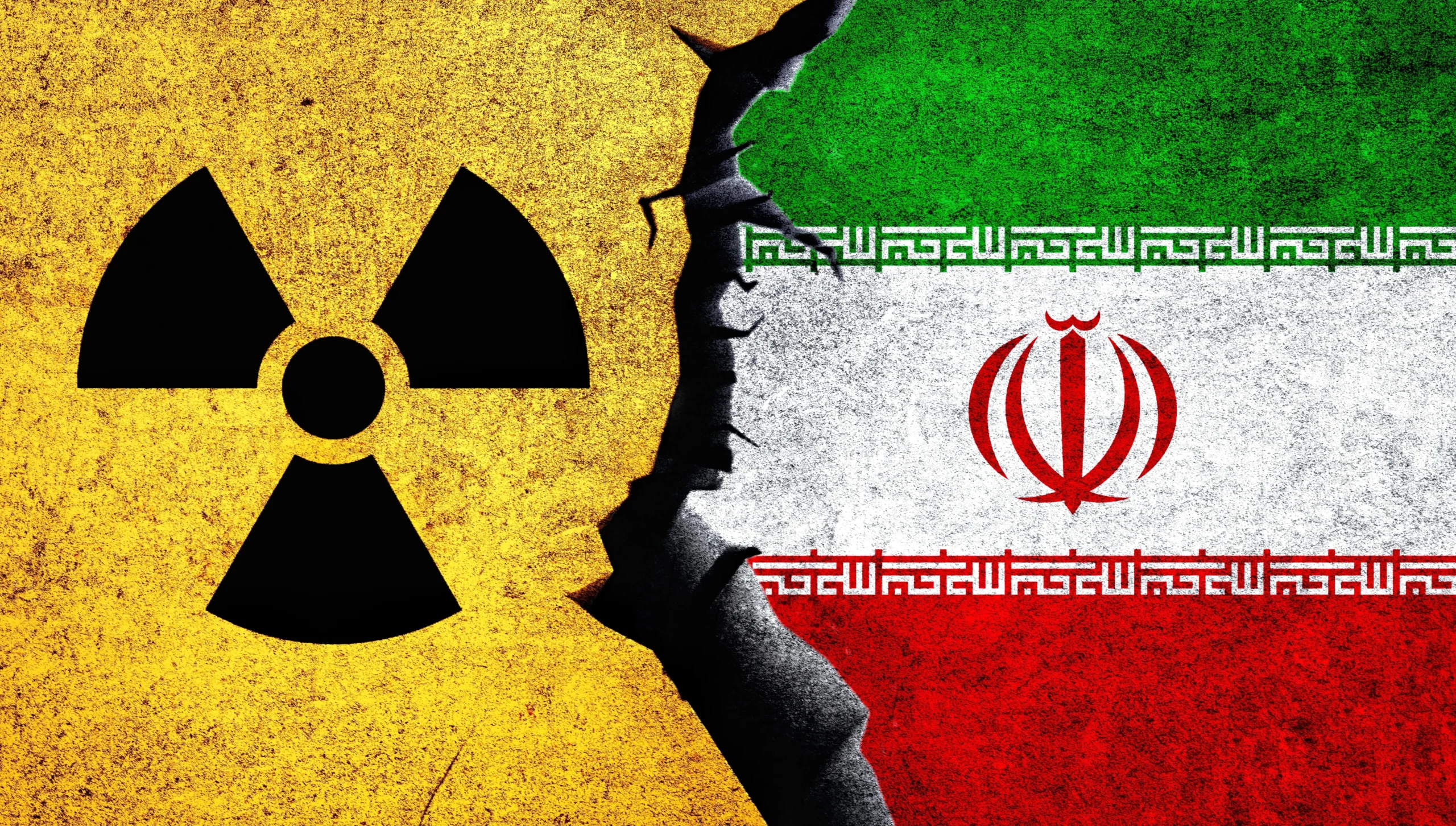
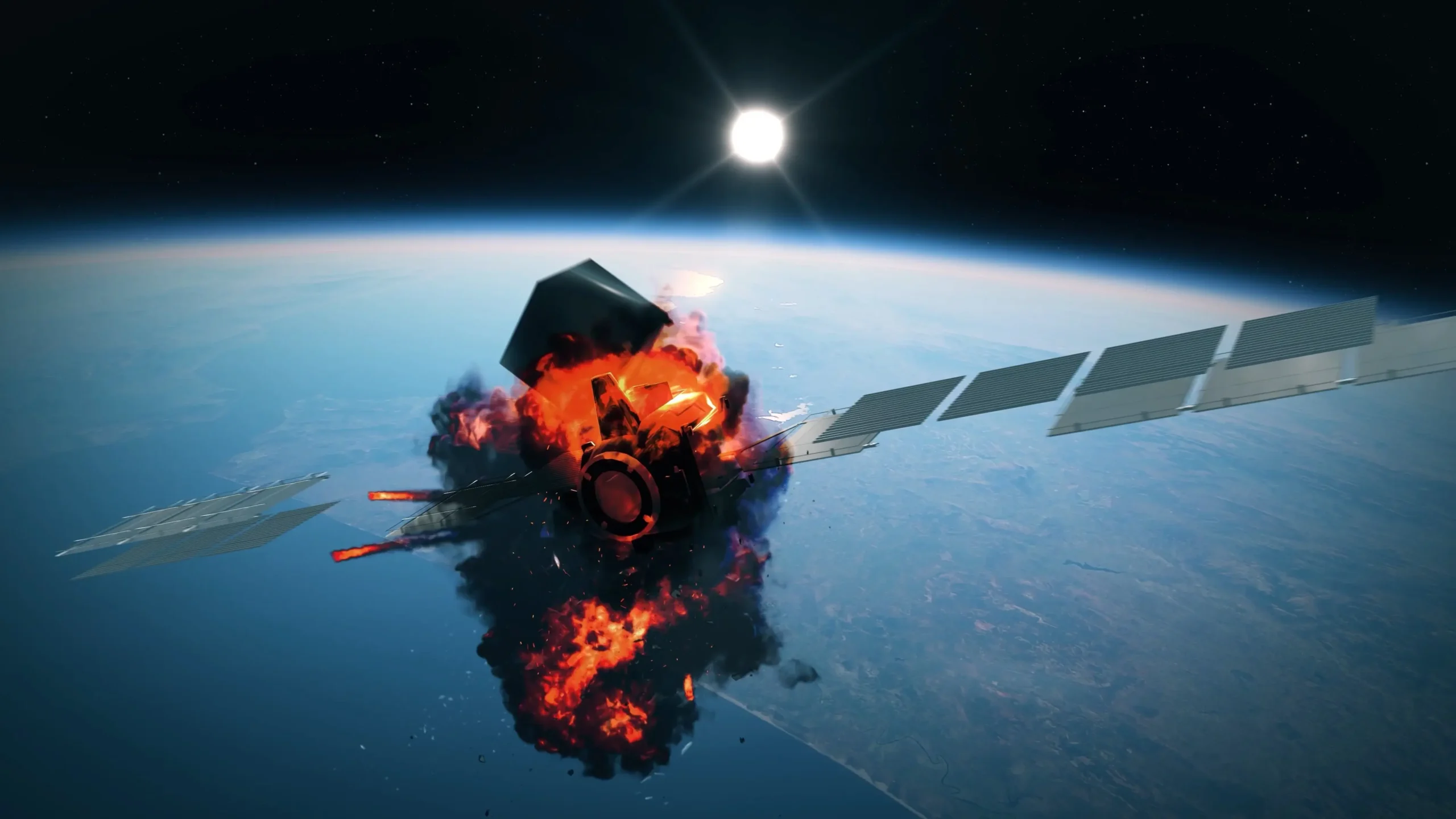

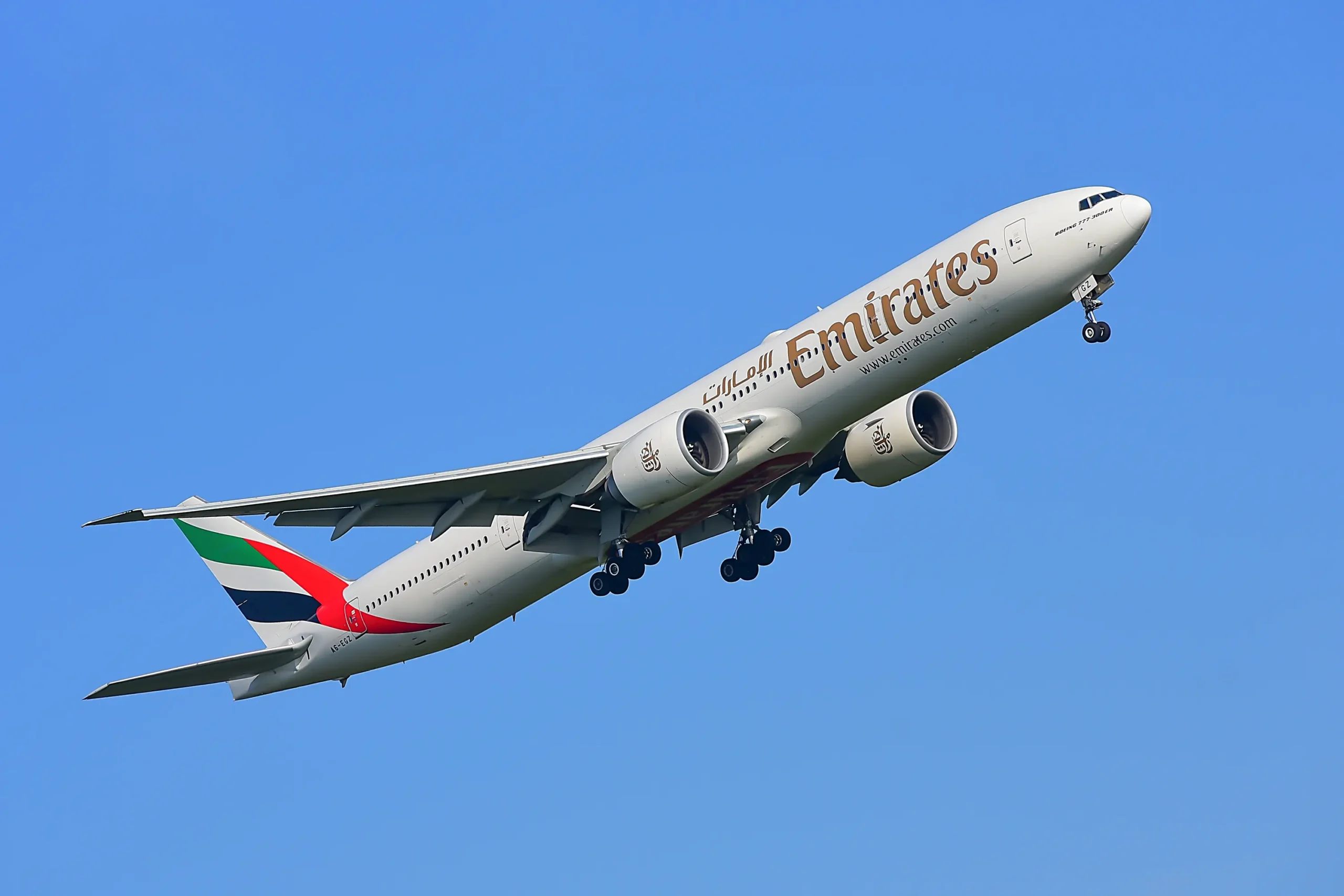

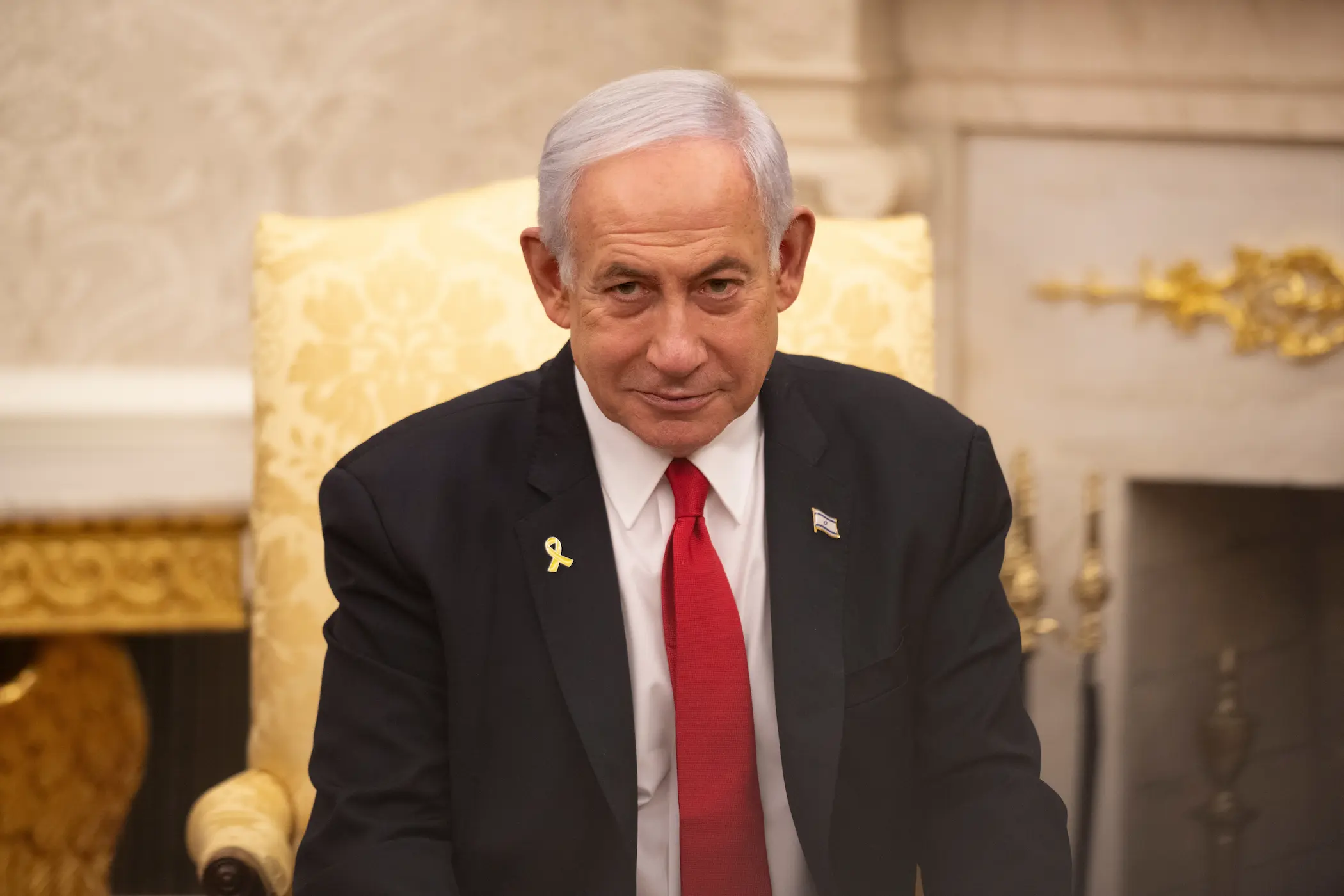
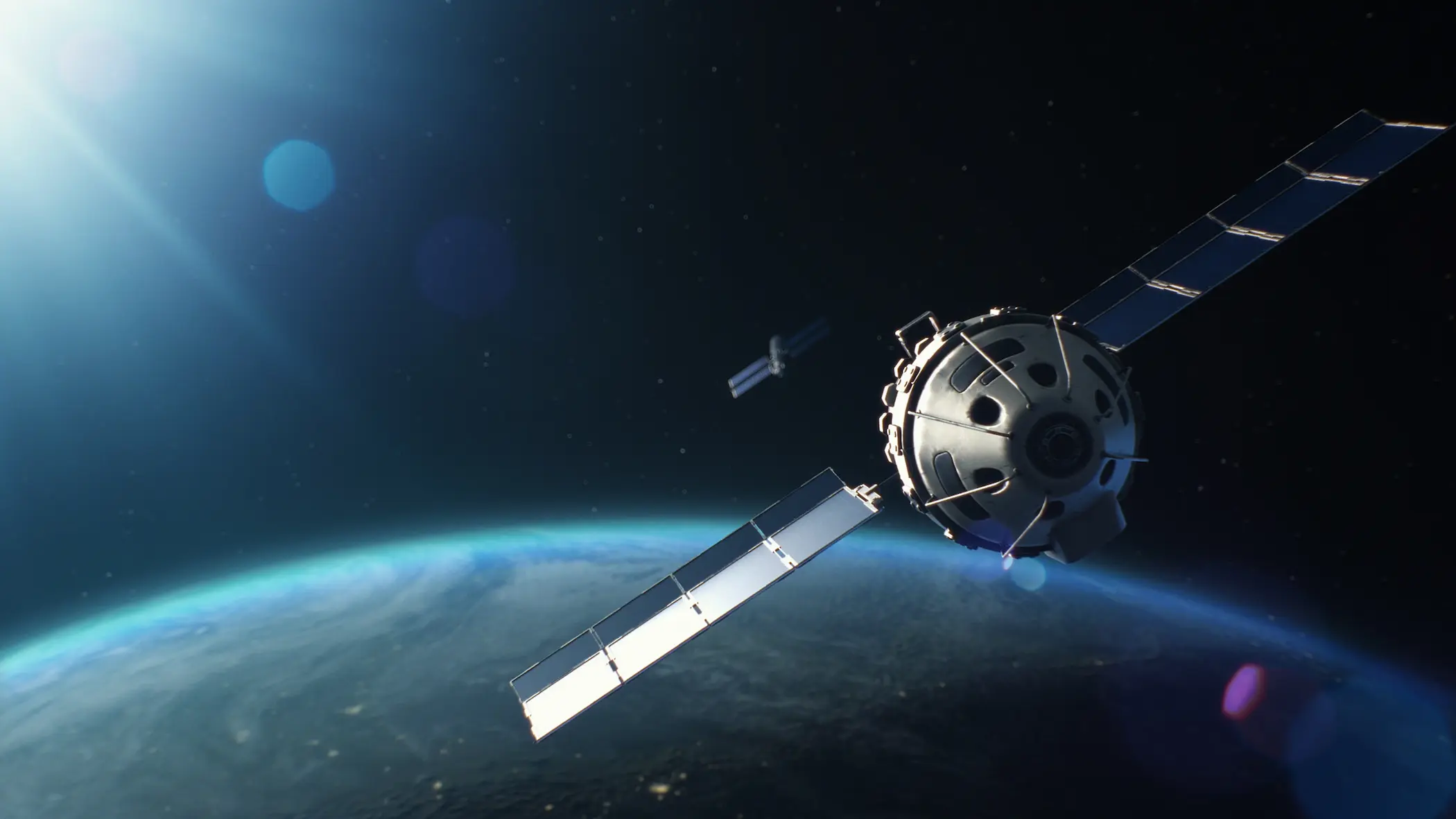
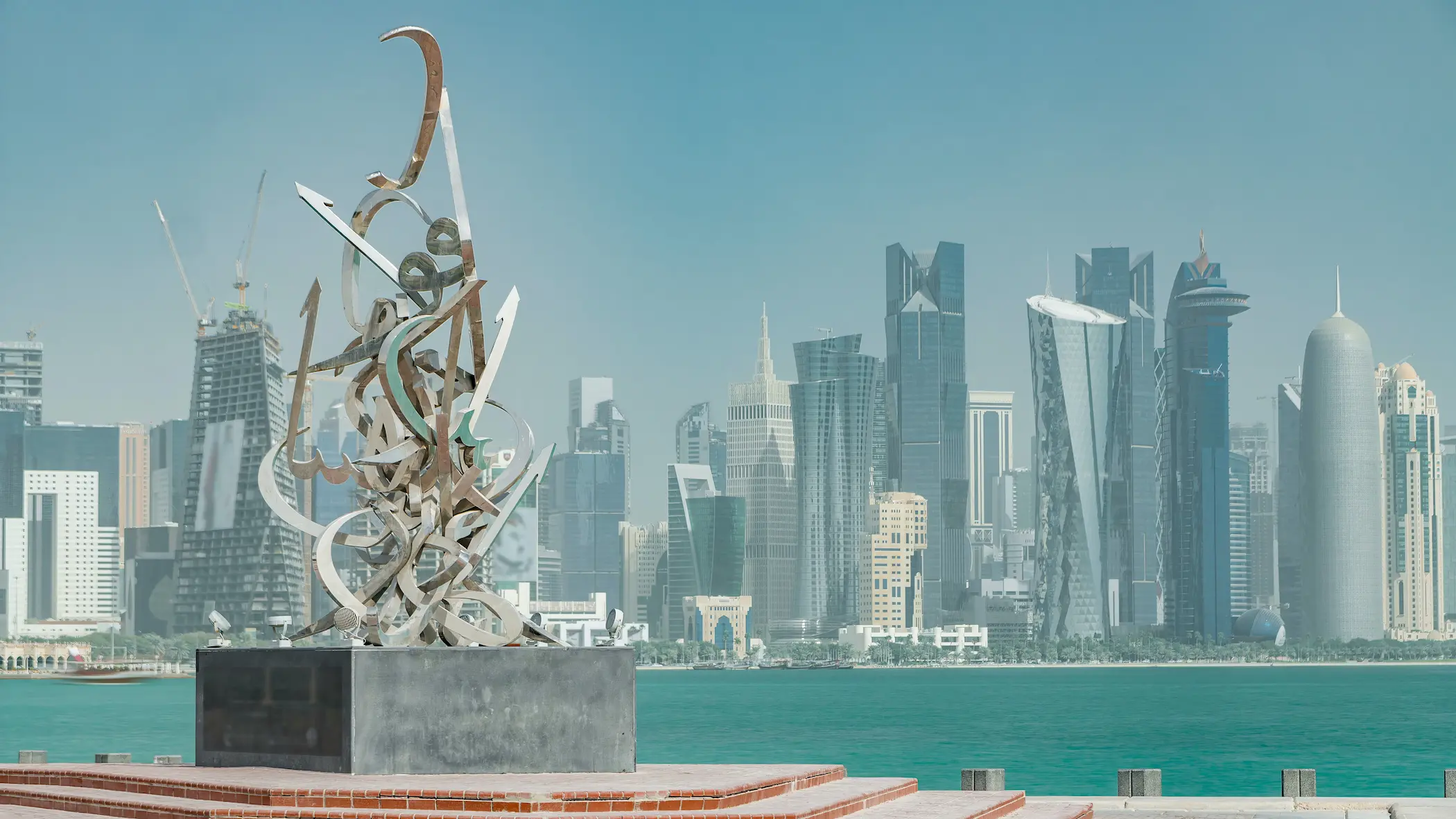

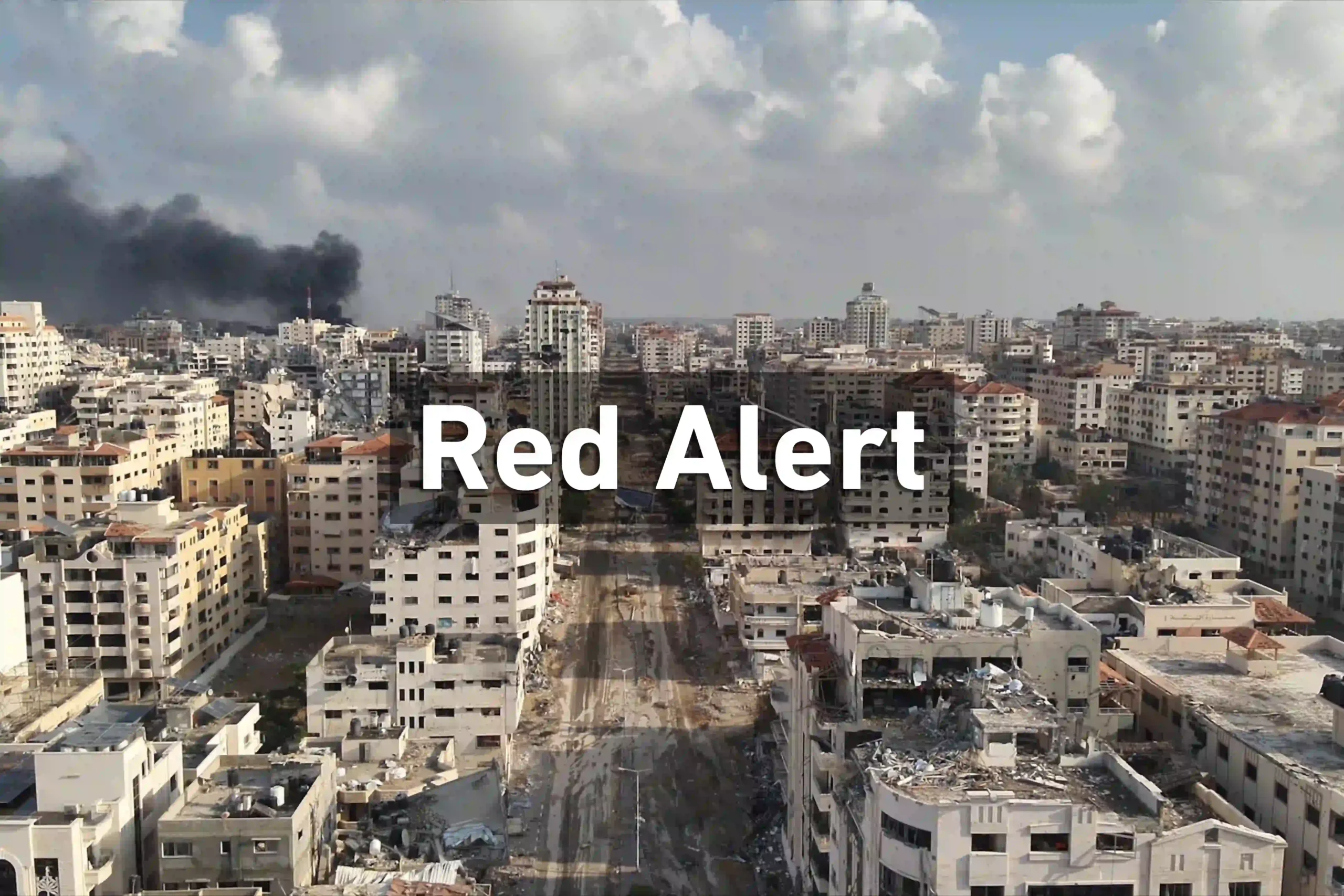
Comments